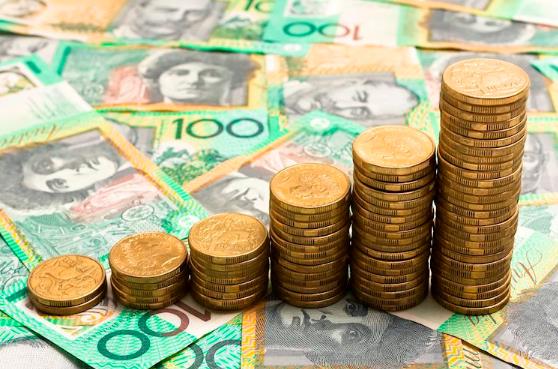The Australian dollar and the US dollar have been trading in a narrow range for the past few days, as investors weigh the conflicting signals from the economic data, central bank policies, and global risk sentiment. The AUD/USD pair has been fluctuating between 0.64 and 0.66, with no clear trend emerging.
RBA Hints at Further Tightening
One of the factors that has supported the Aussie in recent sessions is the hawkish tone of the Reserve Bank of Australia (RBA), which suggested that further monetary tightening may be needed to bring inflation back to target. RBA Governor Philip Lowe said that it is possible that some further tightening of monetary policy will be required to ensure that inflation returns to target within a reasonable timeframe. He also defended the RBA’s decision to pause its rate hike cycle, saying that raising rates too quickly could lead to higher unemployment.

The RBA has already raised its benchmark interest rate twice this year, from 0.25% to 0.5%, and has signaled that it may hike again in November or December. The RBA’s hawkish stance contrasts with the more cautious approach of the Federal Reserve (Fed), which has kept its policy rate unchanged at near zero and has not announced a timeline for tapering its asset purchases.
Fed Remains Dovish Despite Higher Inflation
Another factor that has weighed on the US dollar is the dovish stance of the Fed, which has downplayed the inflationary pressures in the US economy. The latest data showed that the US consumer price index (CPI) rose by 0.2% month-on-month and 3.2% year-on-year in July, matching market expectations. However, the annual CPI rate slowed down from 3.3% in June, marking the first deceleration in 13 months.
Following the data release, several Fed officials reiterated their view that inflation is transitory and that the Fed is not in a hurry to tighten its policy. Fed Chair Jerome Powell said that inflation has increased notably this year but that it is likely to moderate as supply and demand imbalances resolve. He also said that the Fed will provide advance notice before announcing any changes to its asset purchases.
The Fed is expected to provide more clarity on its policy outlook in its upcoming meeting minutes, which will be released later today. Investors will look for any hints on when and how the Fed will start tapering its $120 billion monthly bond-buying program, which has been supporting the financial markets and the economic recovery.
China’s Economic Woes Dampen Risk Appetite
A third factor that has influenced the AUD/USD pair is the deteriorating economic situation in China, which is Australia’s largest trading partner and a major source of demand for its commodities. China’s economic growth slowed down to 7.9% year-on-year in the second quarter, from a record 18.3% in the first quarter. The slowdown was mainly due to weaker consumer spending, industrial output, and fixed-asset investment.
China’s economic outlook has also been clouded by the resurgence of COVID-19 cases, the regulatory crackdown on various sectors, and the debt problems of some local governments and property developers. China’s central bank has recently taken some easing measures to support the economy, such as cutting the reserve requirement ratio for banks and injecting liquidity into the financial system. However, these measures have not been enough to boost market confidence or stimulate growth.
The uncertainty and volatility in China’s economy have reduced the appetite for riskier assets among global investors, which has hurt the Australian dollar, which is seen as a proxy for China’s growth prospects. The Australian dollar has also been affected by lower commodity prices, especially iron ore, which is Australia’s top export product and a key source of income.
Outlook: AUD/USD Remains Range-Bound
Given the mixed signals from the economic data, central bank policies, and global risk sentiment, it is not surprising that the AUD/USD pair has been trading sideways for a while. The pair may continue to remain range-bound until there is a clear catalyst for a breakout in either direction.
Some of the potential triggers for a breakout could be:
- A stronger-than-expected US inflation report for August, which could increase the pressure on the Fed to taper sooner and hike rates faster.
- A more hawkish tone from the Fed in its meeting minutes or its annual symposium at Jackson Hole later this month, which could signal a policy shift.
- A weaker-than-expected Australian GDP report for the second quarter, which could show a contraction due to the lockdowns imposed to contain COVID-19 outbreaks.
- A more dovish tone from the RBA in its next meeting in September, which could indicate a delay or a pause in its rate hike cycle.
- A further deterioration or improvement in China’s economic situation, which could affect the demand for Australian commodities and the risk appetite of investors.
Until then, the AUD/USD pair may continue to oscillate between the 0.64 and 0.66 levels, with occasional spikes or dips driven by short-term factors. Traders should exercise caution and use appropriate risk management strategies when trading this pair, as the market environment is likely to remain volatile and noisy.
